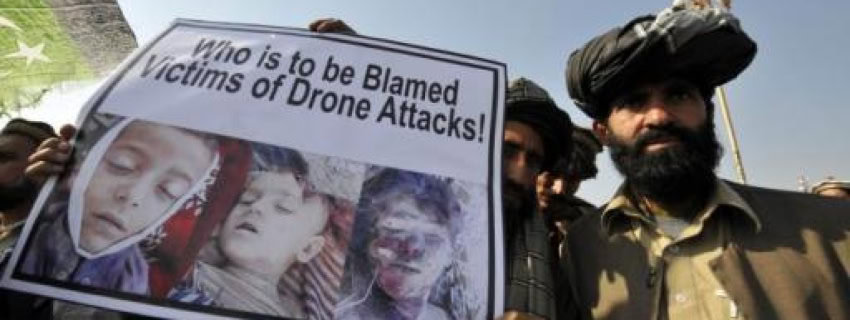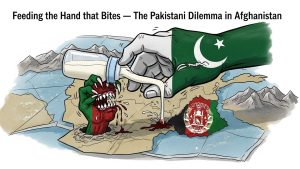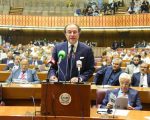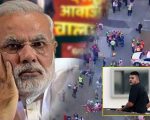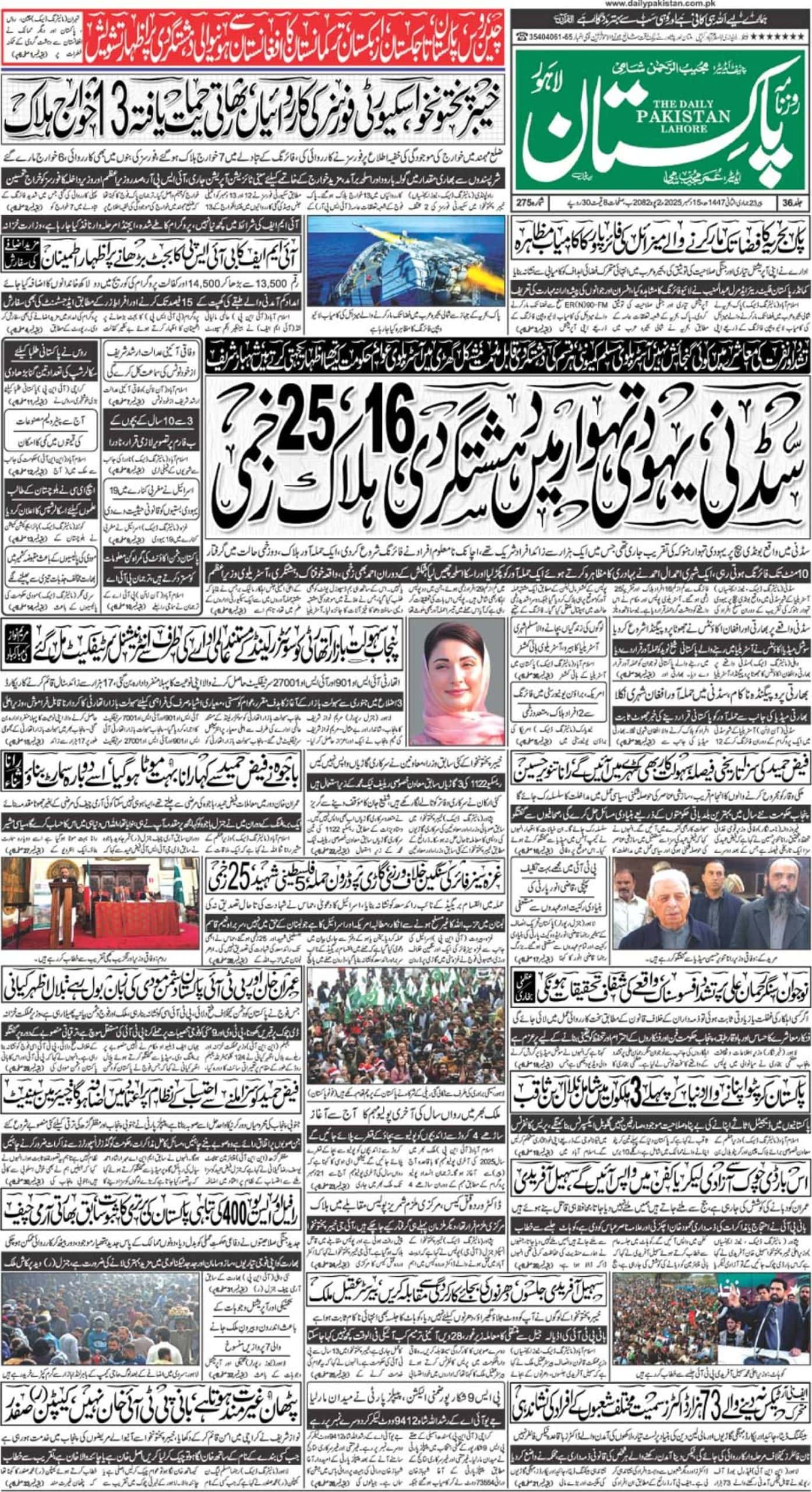An edited version of Aqil Shah’s blog in the Washington Post, Why drone blowback in Pakistan is a myth was published in Dawn’s National section on Sunday, coincidentally the same day that the paper carried news of Afghan Taliban chief Mullah Mansour’s killing in Balochistan – a watershed moment in itself, being only the second time an American drone had struck outside FATA.
Both events will provide ammunition to those advocating the expansion of drone bombings in Pakistan, beyond the “remote” areas that you and I prefer not to think about too often.
At a glance, Dawn’s article seems less harmful than the strike on Mansour, which represents the crossing of a stated “red line”, i.e. the extension of drone warfare into a previously no-go area.
The thing is that the hawks in Washington have always known the enormous potential of ordering “precision strikes”, as they say, in undeclared or partially declared war zones like Pakistan. It gives the US government tremendous leverage in influencing the “Af-Pak” conflict almost at will, with supposedly minimal violation of a country’s sovereignty, especially if the strikes have official endorsement as they do in Pakistan.
The Mansour strike wasn’t the first time the US government used their drone capability to leave an imprint on the conflict either. They did it before with Nek Muhammad and Hakimullah Mehsud, just to name a few. If anything, the Mansour strike is only a step towards the full realization of drone warfare and its terrible potential in our region.
So, for those against the use of drones in Pakistan, why are Aqil Shah’s articles in the Washington Post and Dawn potentially more troubling than Mansour’s killing? It’s because they strengthen the hawks more than the killing of another Taliban leader, and because they fail to acknowledge genuine concerns about the effectiveness of the US drone campaign or the skewed logic behind its casualty count, under which all “military-aged males” killed in a strike are considered enemy combatants.
Think of it this way: we’ve always had people talking about the precision of drone strikes and their capability of causing disarray in militant ranks. But until Aqil Shah’s articles were published there weren’t many people like Rob Crilly telling us that drone strikes aren’t counterproductive because 79% of the people in North Waziristan, the area most targeted by drones, endorsed their use.
When John Kerry announced Mansour’s killing to the world, he didn’t really have much to distract from the illegality of the attack aside from saying that it would contribute to Afghan peace. But with the drone-blowback-is-myth line at their disposal, US officials can now say that drone strikes are supported by locals in FATA. Who knows, the government might even make it standard protocol to drop survey questionnaires over every village they’ve bombed. Because, apparently, the question of taking human life should be put to a vote.
The thing is that Shah’s survey doesn’t even put the question to a genuine vote, even though its quantifiable conclusions give that impression. In reality, the survey dishonestly presumes to know what the general population in North Waziristan thinks about drones from a sample of only 147 non-randomly selected individuals, including maliks, businessmen, lawyers, journalists and political leaders, among others.
But intellectual rigor has never been prized by drone advocates. Before Shah, they latched on to the findings of Farhat Taj’s survey, later exposed to be fake, which also concluded that local sentiment in FATA was in favor of drones. The survey was published by a letterhead organization, the Aryana Institute, which vanished from the internet after publicizing the results for a year, just long enough for them to be picked up by Reuters and the New York Times.
Arguments against drone blowback also ignore evidence to the contrary. Like former commander of JSOC, the US military unit that oversees drone bombardment, Michael Flynn’s admission that drone strikes caused more harm than good. Or documents leaked to The Intercept showing that 90 percent of those killed in 5 months of U.S. drone strikes on the Af-Pak border were not unintended casualties. Or data compiled by numerous human rights organizations showing that a disproportionate amount of civilians are killed in “precision” drone strikes.
The argument against drone blowback is really about emphasizing certain positions and downplaying others.
This is why you’ll hear drone advocates quoting studies that say most people found around the target of a drone strike are terrorist sympathizers, an apparent justification of US’ military-aged-males-are-enemy-combatants doctrine.
When the intelligence is wrong, they are like any other weapon. But they have the CAPABILITY of precision. https://t.co/ngTEduVR5L
— Christine Fair (@CChristineFair) May 23, 2016
It’s also why in recent tweets defending the strikes, Christine Fair, an ardent supporter of the US drone bombing campaign in the region, emphasized the potential precision of drone strikes and refrained from speaking about their actual precision. After all, there’s really no need to get bogged down in numbers that aren’t on your side when you can just shout down the people quoting them or accuse them of political advocacy and bias?
The thing Fair and those like her should realize is that the question of using drones is political. Evidence, for example, of the disproportionate unintended casualties of drone strikes, is not irrelevant to its answer. But neither is the moral and legal question of why only one country is allowed to bomb people in undeclared war zones without due process, condemning even those who happen to be around a target, based on aerial footage and sometimes dodgy human intelligence, and not apologizing for their deaths.
Dawn, being an otherwise responsible newspaper, should not have played into the hands of those beating the drums of drone warfare, especially without acknowledging the serious consequences faced by people living under the threat of drones.
At the very least, the paper should have published the article on drone blowback as an opinion piece because it didn’t belong in the National section with other, more factual reports.

